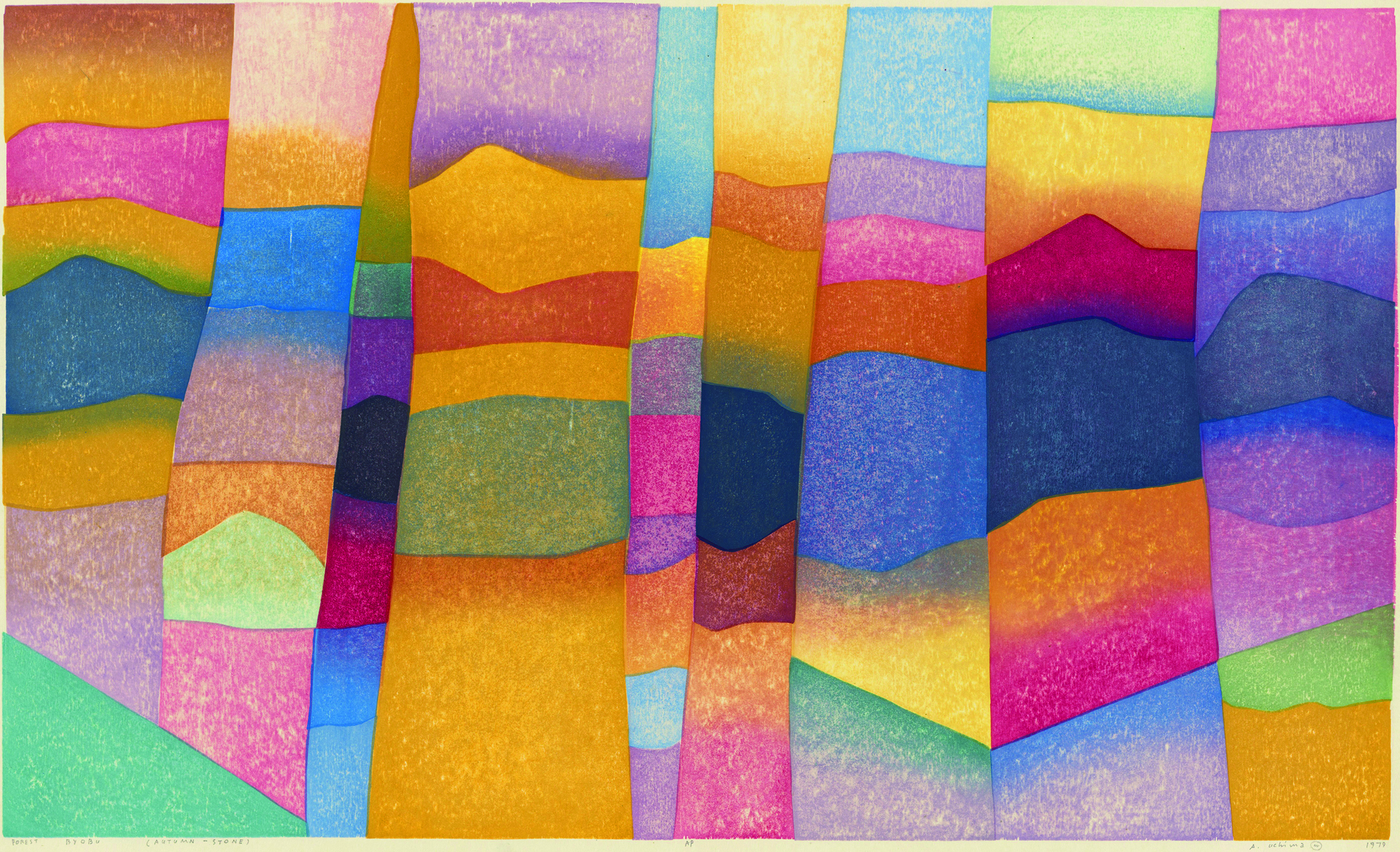Exhibitions
HAYAMA Current & Upcoming Exhibitions
Wakae Kanji+Joseph Beuys
with Photographed Documents of Beuys in Japan+Europe
During his time in Germany in the 1970s, Wakae Kanji (1944–) was deeply influenced by the work of Joseph Beuys (1921–1986). Engaging with Beuys’ artistic philosophy, he collected and exhibited the artist’s works alongside other contemporary pieces, forging connections between art and society while developing his own creative practice. This exhibition presents a rare visual record of Beuys’ activities photographed by Wakae, including Beuys' participation in documenta 7, studio visits, travels to Japan, and installation views of major Beuys exhibitions in Germany and beyond. Many of these documentary images are being shown for the first time, offering valuable insight into Beuys’ practice and Wakae’s artistic perspective. Alongside these photographs, figurative works by both artists will be displayed, inviting viewers to consider their shared sensibilities and distinct artistic voices.
Image: [Left]Wakae Kanji, Under the Light of Time II (Isle of the Dead), , 1989-2024, Mixed media,Collection of the artist, Collection of the artist, Photo: Koda Mori[Right]J) Joseph Beuys at his Action in documenta 7 , 30 June 1982,Photo: Wakae Kanji
Emi Kinuko from the Museum Collection:
Focusing on the 1962 Venice Biennale
Emi Kinuko (1923–2015) was the first female painter from Japan to exhibit her works at the Venice Biennale (31st edition, 1962). While the Art Informel movement was gaining momentum in Japan from 1956 onward, her style evolved intriguingly from semi-abstraction to geometric abstraction, the latter reflecting the early days of Japan’s period of rapid economic growth. In 1961, however, these geometric forms began to disintegrate, and by 1964, her work had developed into what is known as hot abstraction. This exhibition, commemorating the 10th anniversary of her passing, features key works from the museum’s collection, with a focus on those shown at the Venice Biennale.
Image: Emi Kinuko, Composition 5, 1962, Museum collection

Ansei and Toshiko Uchima: Weaving Colors and Memories
Born in the United States as a second-generation Japanese immigrant, Ansei Uchima (1921–2000) moved to Japan in 1940 with the aspiration of becoming a painter. After the war, he became acquainted with Koshiro Onchi (1891–1955) and Shiko Munakata (1903–1975) , immersing himself in the world of creative printmaking. Through various artistic transitions, he developed his own woodblock print technique, "weaving color planes" (shikimen-ori), which led to the creation of his series Forest Byobu. This exhibition also highlights works by his wife, Toshiko Uchima (1918–2000), celebrated for her fantastical assemblages, alongside works by artists such as Isamu Noguchi (1904–1988), offering a window into the creative world of the Uchima couple.
Image: Ansei Uchima, Forest Byobu (Autumn-Stone) , 1979, Private collection

New Treasures of the Museum Collection II: Sculptures of Recent Acquisition
A selection of sculptures and three-dimensional works recently acquired by the museum include Yoshida Yoshio (1912–1989), Muraoka Saburo (1928–2013), Yamamoto Masamichi (1941–), Yasuda Kan (1945–), Sumi Wakiro (1950–), Shimokawa Masaru (1950–), Kurokawa Hirotake (1950–), Yano Michiko (1960–), and Hossein Golba (1956–) among many others. We invite you to enjoy the presence of various three-dimensional “forms,” ranging from figurative to abstract.
Image: Kurokawa Hirotake, Spartoi No. 20, 1985–86, Museum collection. Photo by Yamamoto Tadasu



